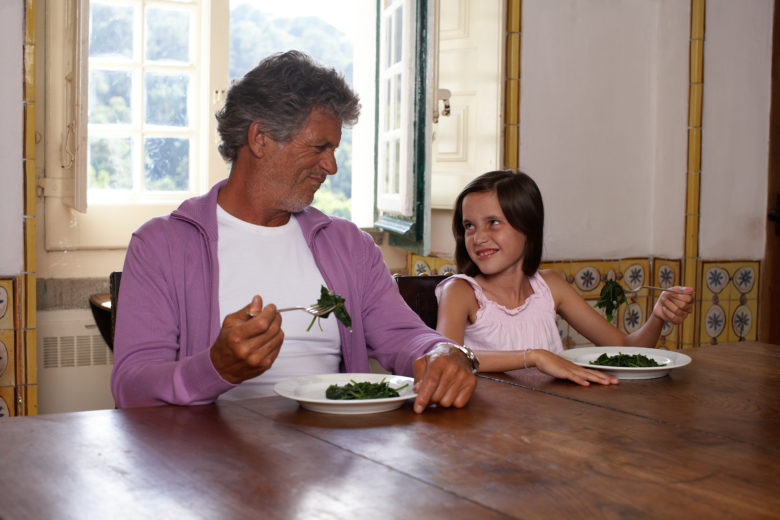
Have you ever asked your son or daughter why they don’t like vegetables? I did once. My daughter was about 2, and she suddenly stopped eating my stir fries, which she used to love. Especially the broccoli.
“Kasey, can I ask you a question?” I said to my daughter one day when we were driving in the car. “Remember you used to like broccoli? And now you don’t? Why don’t you like broccoli anymore?”
She thought for a moment and answered, “It’s too crunchy.” She was right, of course. When I stir-fry, I like the vegetables to retain some crunch — not to be soft and soggy. But for a 2-year-old’s teeth, they were the wrong texture.
It was easily remedied the next evening when I made my minestrone soup, where the broccoli simmers in the broth to a perfectly tender consistency. She ate two bowls, including every piece of broccoli.
Ask the question
Sometimes a child will dislike a certain food, and it will have nothing to do with the flavor. I’ve heard complaints from kids that their foods are too cold, creamy, soggy, crunchy, mushy or gritty.
The best way to know if your child dislikes the texture of a vegetable is to simply ask them. If they are not sure which words to use to describe what they do/don’t like, set up a little taste test with foods of different textures and see which they like the best.
For example, try yogurt. If they like its “creamy” consistency, they will probably also enjoy mashed sweet potato, avocado and squash. Serve some crackers. If they like that “crunchy” texture, they may like cucumber, carrots and jicama. You get the idea.
Solving texture issues
Once you learn more about which texture your child likes best, there are so many opportunities to explore vegetables!
The great thing about veggies is their versatility. While you can eat any of these vegetables using any method (Except maybe raw potatoes. Ew.), here are some tried-and-true preparation techniques that will help you solve any texture issues.
| To make vegetables… | Use this technique… | It works best with… |
| Soft | Steam – in a pot, using boiling water and a steamer basket | Broccoli, cauliflower, green beans, carrots, peas, potato, sweet potato, squash |
| Roast – in a baking dish in the oven at 400°F | Cauliflower, sweet potatoes, beets, fennel, asparagus, squash, turnip, rutabaga, potato, Brussels sprouts | |
| Raw – some vegetables are naturally soft | Avocado, tomato (both are technically fruits, but are used as vegetables in the culinary world), leafy greens | |
| Semi-soft | Stir-fry – in a wok or frying pan with oil and garlic over medium heat | Broccoli, cauliflower, green beans, carrots, zucchini, asparagus, sweet peppers, mushrooms, snow peas |
| Grill – on the barbeque or an indoor grill | Eggplant, zucchini, sweet peppers, mushrooms | |
| Crunchy but easy to chew | Serve raw, sliced thinly with a mandoline | Cucumber, thin carrot coins, jicama, sweet peppers, mushrooms, snowpeas |
| Hard | Served raw, sliced into sticks | Carrots, celery, kohlrabi, celeriac, beets, fennel |
Yeah — that’s a lot of options, right? There’s bound to be one vegetable that they like, given all of the optional prep methods. Don’t give up!






